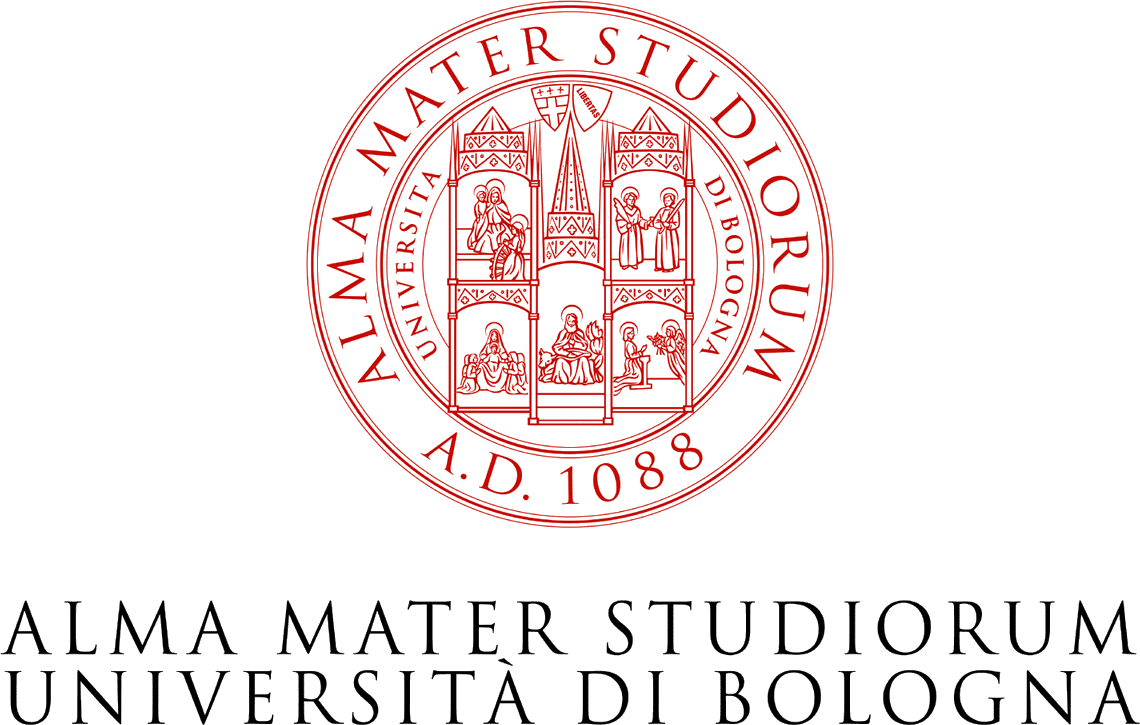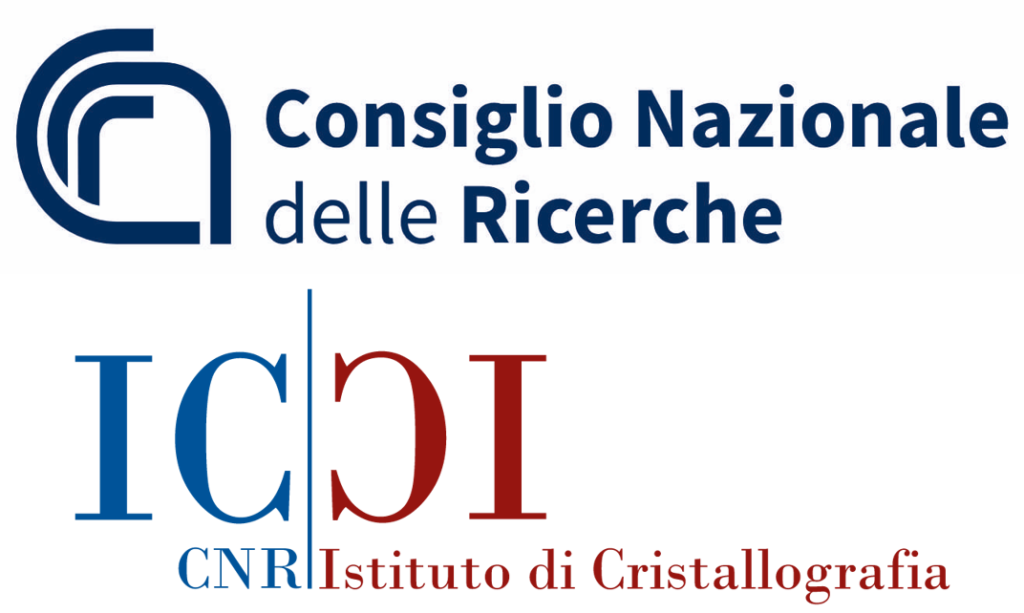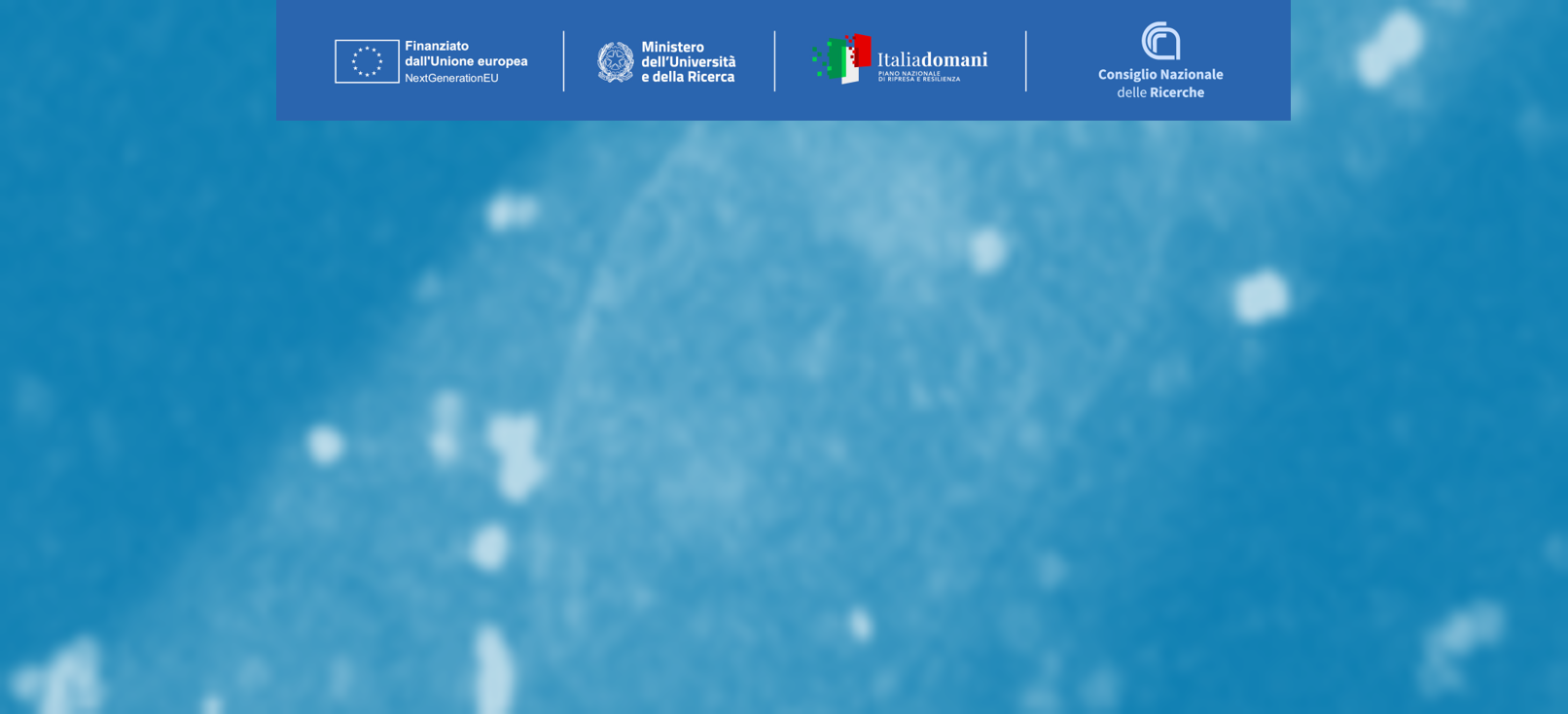Consortium includes three teams which provide different skills and scientific experience to each Specific Aims (SA) of the project.
SA1: a direct glance on the senescence of bMSC
The unit in Milan will characterize the process of bMSC senescence under basal condition and after induction to osteogenesis. Several aspects will be taken into account, i.e. cytoskeletal organization, pivotal in maintaining cell function, and mitochondria, which are the powerhouse of the cell and also store Ca and Mg, and control cell death. The confocal studies performed in Milan will be interpreted in strict relation with the partners who utilize complex imaging approaches. This unit will also contribute to understanding metallostasis in young and senescent cells focusing on Mg homeostasis, in strict cooperation with unit investigating the role of Zn and Cu.
Month 0-12: characterization of the process of senescence
Months 9-24: characterization of metallostasis.
The overlapping timesheet is due to the fact that we will generate as more senescent cells as possible from different female donors. The Unit at UNIMI will provide the young and senescent bMSC to the XMINE partners.

SA2: chemical-crystallographic analysis of differentiation products of young and senescent bMSC
The CNR unit will combine Crystallography and state-of-the-art Small and Wide Angle X-ray Scattering scanning microscope, available at the X-ray Micro-Imaging Laboratory, (XMI-L@B) to study the in vitro behavior of young and senescent bMSC exposed or not to the osteogenic medium at different times (2-5-10-15-25 days) of differentiation provided by the Unit of Milan.
Studies at the supra- and sub-molecular level will allow to assign uniquely the correct identity of the inorganic calcium phosphate aggregates, deposited by the cell at different senescent status and osteogenic exposure.

SA3: Elemental analysis of mineral depositions of young and senescent bMSC
The Unit of Bologna will also perform morphometric measurements, semi-quantitative micro-nano-chemical analyzes by the electron microscope equipped with FEG field emission source, ESEM environmental chamber and methodologies for STEM electronic transmission observations also at “low vacuum” pressure, useful for unfixed and unstained biological samples, through the methodology of the analysis of the emitted X-rays , using SDD (Silicon Drift Detector) spectrometers for the elements s P, Mg, Zn, Cu on the mineral depositions of bMSC (young and senescent), induced to differentiate at different time according to the experimental results obtained by the Unit of Milan (mineral depositions detected by staining). These measurements will be performed in two occasions: at 6, and 18 months on two samples batches prepared by the Unit of Milan with the same protocol.
SA4: intracellular Mg, assessment in young and senescent bMSC
The unit of Bologna will quantify the total intracellular magnesium concentration in young and senescent bMSC exposed or not to the osteogenic medium at different times (2-5-10-15-25 days) of differentiation provided by the Unit of Milan. The measurements will be performed at the same time points at which the Unit of Milan will evaluate the expression of Mg transporters in order to correlate the transporters activity with the amount of intracellular Mg concentration both in senescent and young cells. These measurements will be performed in three occasions: at 6, 12 and 18 months on three samples batches prepared by the Unit of Milan with the same protocol.

SA5: main players of metallostasis and metal signaling in young and senescent bMSC
The unit of Milan will focus on Mg homeostasis in young and senescent bMSC exposed or not to the osteogenic cocktail (please see above). The CNR unit will evaluate the expression level of Cu and Zn transporters/chaperones and the amount of intracellular Cu and Zn status in young and senescent bMSC, provided by the Unit of Milan, exposed or not to the osteogenic medium at the same differentiation times used in the experiments performed by Unit of Bologna (2-5-10-15-25 days). This time correspondence will allow us to compare the levels of the considered metal transporters, chaperones and transcription factors in the various phases of osteogenic differentiation with those obtained for Mg both in senescent and young cells. At the same time the modification of cell signaling and protein expression parameters related to the molecular mechanisms involved in the alteration of metallostasis will be evaluated also by using specific metal chelators inside/outside of the cells. These measurements will be performed in three occasions: at 6, 12 and 18 months on three samples batches prepared by the Unit of Milan with the same protocol. At the end of first year, the map of metallostasis in young and senescent bMSC will be obtained, while the signaling pathways will be put in evidence at the end of the project.


